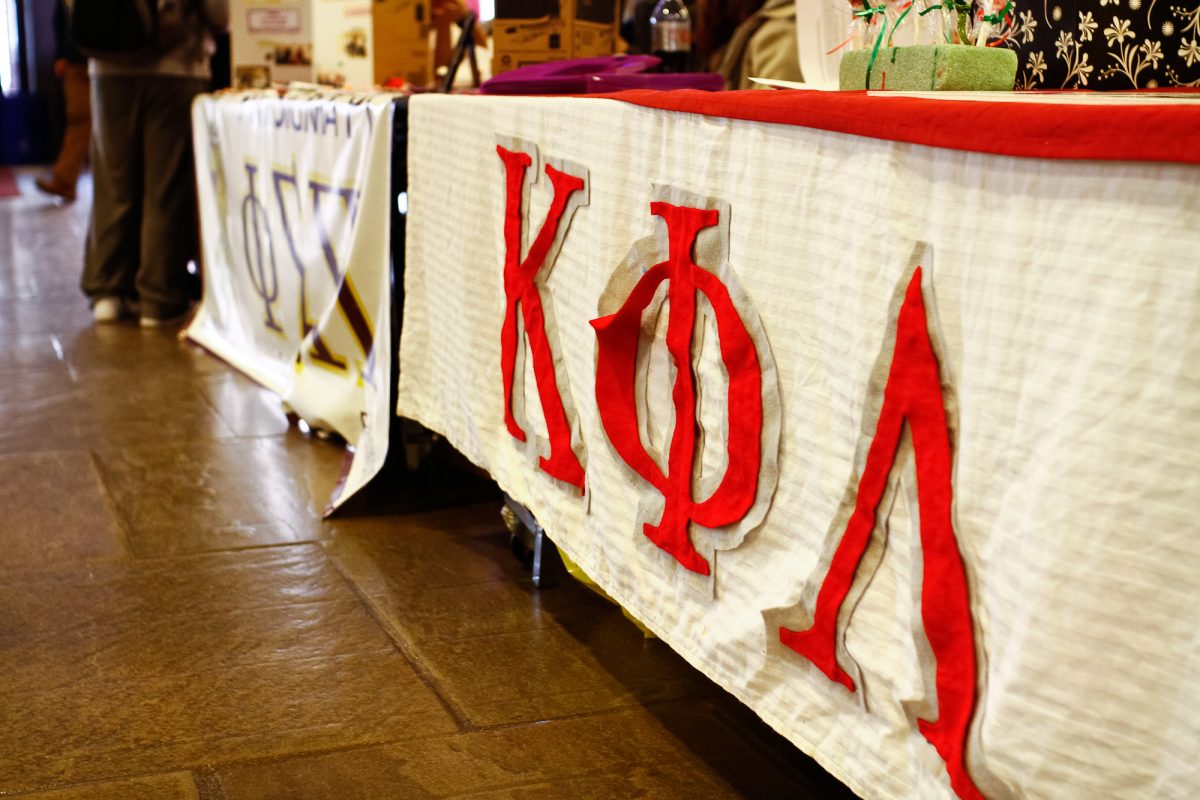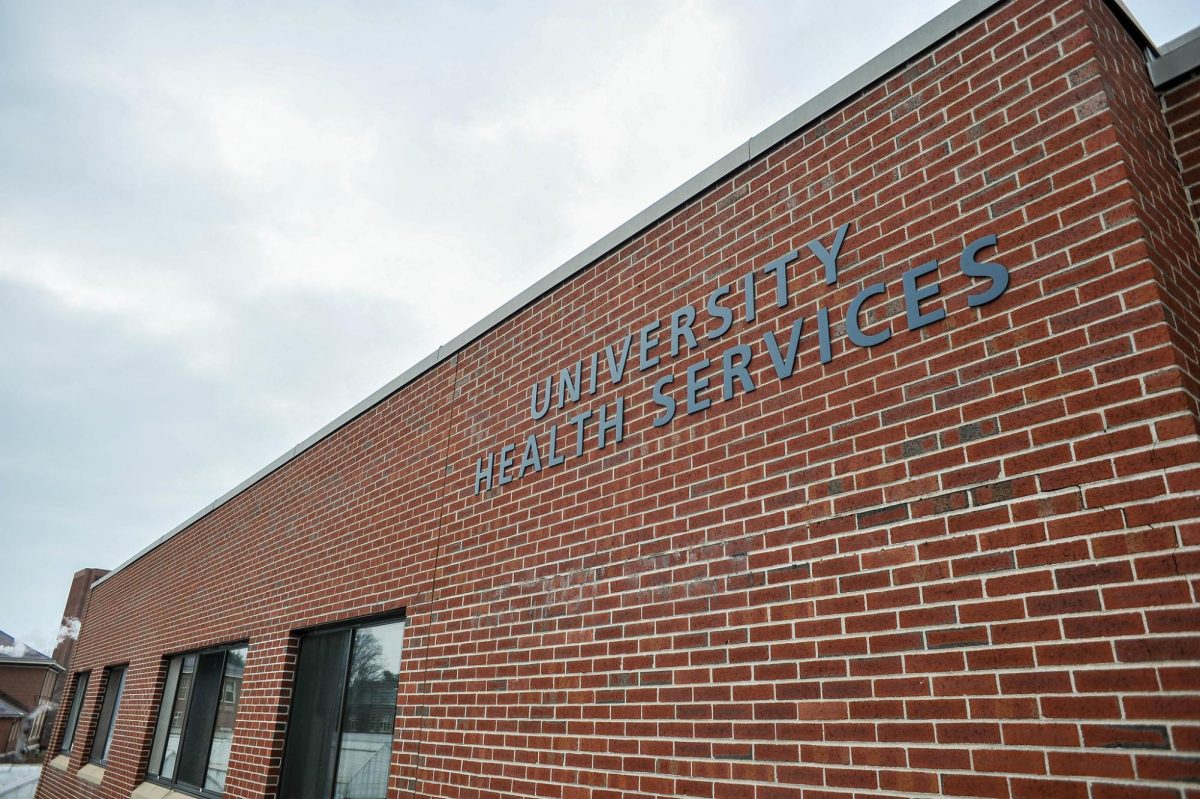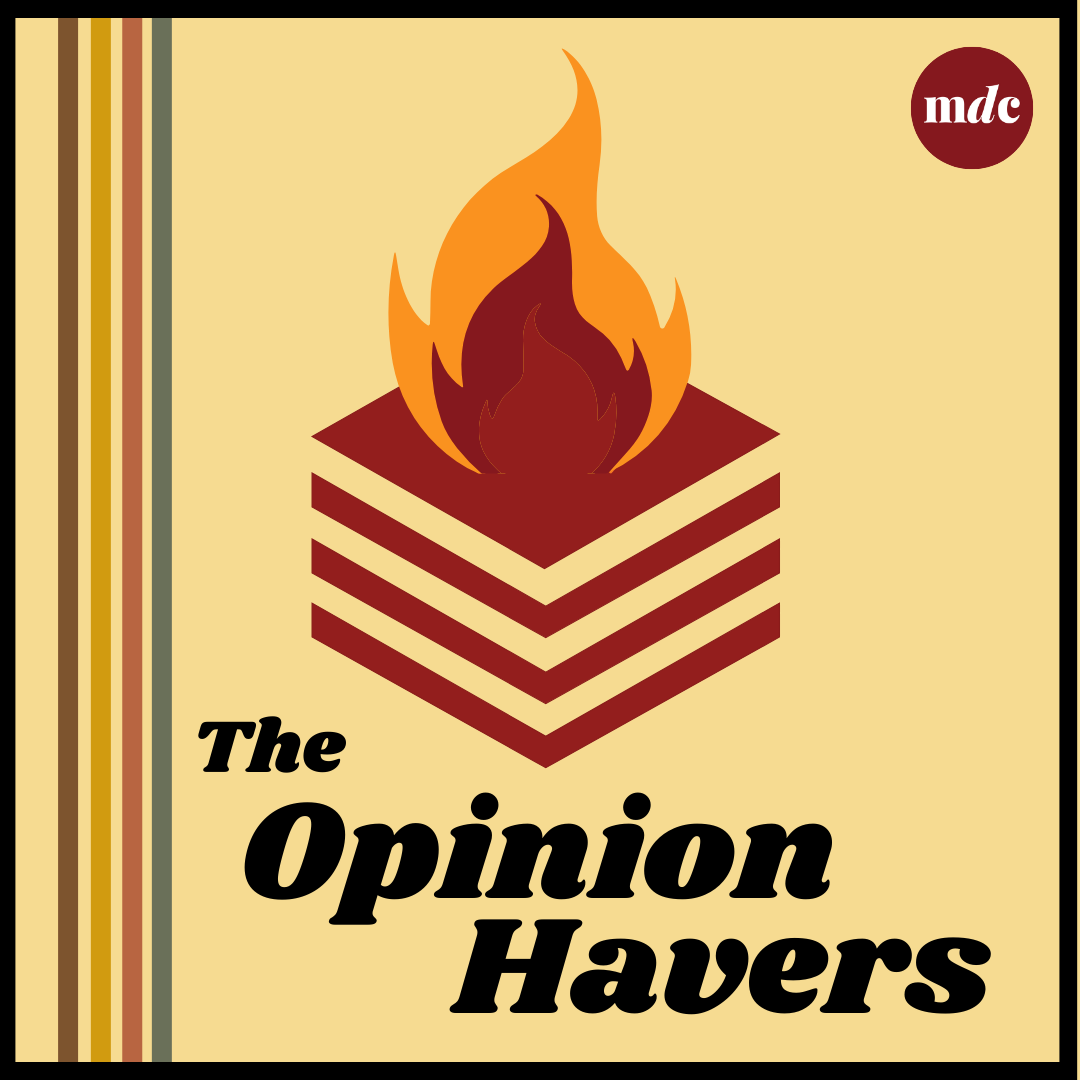It’s 12 a.m. on a Monday, and 6,000 people choke the sidewalks in Southwest. The scent of beer and smoke fills the air, as a mob chants in unison for their beloved Boston Red Sox.
Toilet paper streams through the air, the flames tailing off pieces of two-ply as they land in a nearby tree. Beer pours down on the crowd from a dorm room above, splashing crowd surfers and women flashing their chests to thousands of men. A lit firecracker flies through the air, landing on a cluster of students.
Then it happens. Up on the roof of the Berkshire Dining Commons, a large stumbling male makes a cartoonish motion like he is going to jump off the building. The crowd sees it and responds.
“Jump! Jump! Jump!” they chant.
The man hesitates, but regains his courage and leaps. Onlookers some 15 to 20 feet underneath him scatter, and the man’s legs fold underneath him as he crumples to the sidewalk. Several friends carry him away.
Daniel Dickson of East Longmeadow, Mass., or the “DC jumper,” as he has come to be known, was the only person charged in connection with the Oct. 6 gathering, despite numerous fires set and several trespassers on the DC roof. The gathering, however, was the second of three major disturbances in a week, including a full-scale riot the night of Oct. 4 that included the flipping of two cars and over $20,000 in damage to Berkshire DC. All followed a win for the Red Sox. At least eight students have been charged with crimes, including serious charges such as inciting a riot and assault and battery with a deadly weapon.
What makes people act this way? Experts have conflicting opinions, and the reasons they give are numerous and complicated. One thing rings true with nearly all of them, though. Right or wrong, rioting has become a part of our culture.
Why riot?
Violent outbursts like the incidents in Southwest last week are nothing new, according to Todd Crosset, a sociologist and professor of sports studies at the University of Massachusetts. They follow a long, scripted tradition, he said.
“It’s a masculine cultural product,” he said. “It’s part of the mentality that comes to us from mob lynching. They were big community affairs where people did violence.”
Crosset’s assertion that riots at UMass are driven by young, white males echoes studies done across the nation. The Ohio State University Task Force on Preventing Celebratory Riots, developed in response to the last large riot at OSU in 2002, said in their final report that active participants in celebratory riots “are nearly all white, young adult males with a large crowd of onlookers who are predominantly white, young adults of both sexes.”
At least seven of the eight arrested in connection with disturbances at UMass last week were male. Racial statistics on them were not available.
Crosset compared following Red Sox baseball with listening to hard rock music.
“It’s white. It’s male. It’s hostile,” he said. “It’s all a part of our culture. We look for ways to feel alive. As white folks, we don’t have enough love; we don’t have enough rituals.”
One of those rituals, Crosset said, is watching the Red Sox.
“There’s this attraction and repulsion to sports. The more you watch, the more cynical and hostile people get,” he said.
Thanks to their inability to win a World Series, that hostility is at a greater level for Sox fans than nearly any others. There’s been no payoff, he said, and the hostility level continues to rise.
Patrick Archbald, deputy police chief for the UMass police department, said it is tough to predict when these problems will occur.
“They start out as celebratory and pride-infused events,” he said.
“It only takes a small contingent to act in a destructive way, and a group mentality takes over.”
And that small, destructive group has a “selfish disregard for other people,” he said.
After many of the students drifted away from the mass of people on the nights of the disturbances, Archbald said the chanting for the
Red Sox and Yankees stopped, but the behavior of the students left escalated.
“It wasn’t about baseball anymore. That’s one of the things that indicated to me that the mood in the crowd had changed.”
Riots a problem nationwide
Despite the recent media frenzy surrounding UMass riots, they are neither new to the campus, nor isolated to the University of Massachusetts.
“It’s not a culture that’s specific to UMass,” Archbald said.
On Oct. 6, there were Red Sox-related riots across the region, with cars flipped everywhere from Kenmore Square in Boston to Westfield State College, a small college a half-hour west of Springfield with about 3,500 students.
In fact, rumors circulated at Westfield State that state police on the scene in Westfield that night had to leave the scene to head for UMass.
The OSU task force report showed a steep increase in the number of campus/community disturbances across the United States not associated with protests between 1985 and 2002. Clemson University, Indiana University, the University of Connecticut and Pennsylvania State were among the 19 schools the report said experienced at least one celebratory riot in that timeframe.
Professor Roland Chilton, a sociologist and criminologist at UMass, said the reason for riots and disturbances all comes down to one thing: alcohol.
“Some studies suggest that students do not learn to drink and get drunk on campus, but come to school with bad drinking habits well established,” he said. “To the extent that any sizable number of students drink to get drunk, we can expect recurrent bouts of violence.”
A tough problem to solve
While law enforcement officials and academics alike acknowledge there are problems, no concrete solution to them has surfaced. Chilton and Crosset both see students taking responsibility in handling it as the best way.
“Perhaps the only hope for turning the situation around is for responsible faculty and students to stress the need for civility and to indicate in as many was as possible the stupidity of arson, assaults and property destruction as entertainment,” Chilton said.
The Ohio State task force suggested a more pro-active point of view, but it is too early to tell yet if actions they may have taken will make a difference. Their campaign plan included steps for potentially instilling pride in students, promoting safety and health and preventing illegal behavior. The University of New Hampshire also took steps to eliminate rioting by holding public forums, including one last month that included UMass representatives in attendance, according to the Foster’s Daily Democrat newspaper.
Until things change though, police will be left to deal with the situations as they come. Archbald thinks UMPD is up to that task.
“We have a very experienced command staff and have worked with the students through takeovers, protests, the sort of things happening in
Southwest,” he said. “But it’s a young population, and they’re tough to read sometimes.”
Archbald said police always have to be aware to step in only at the right time in a mass celebration situation.
“If the police step into the celebration, it can turn very ugly, very fast,” he said. “We’ve tried to walk that line very finely.”






